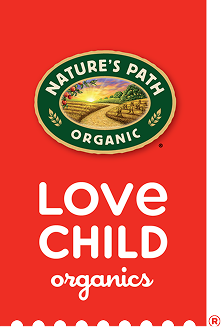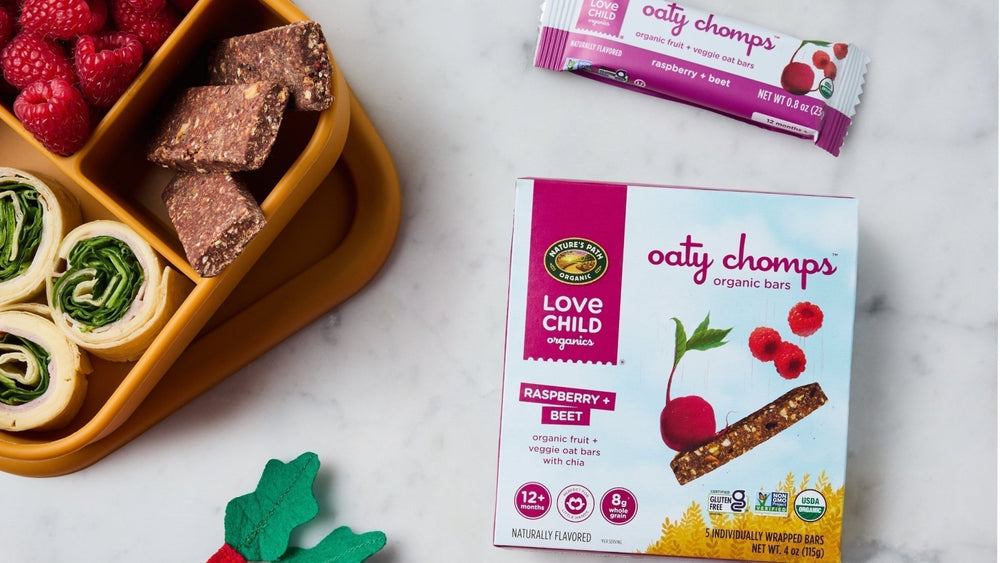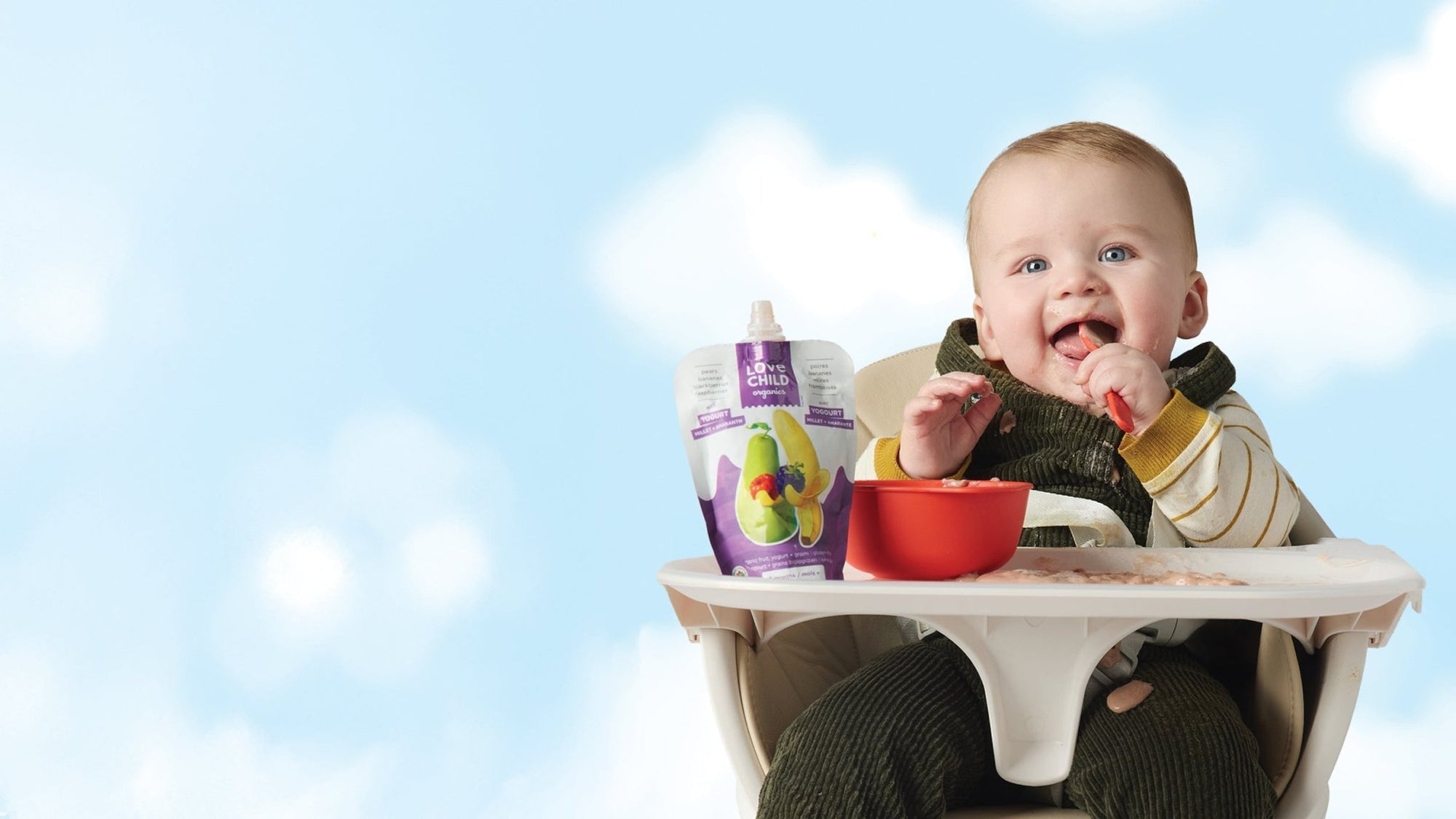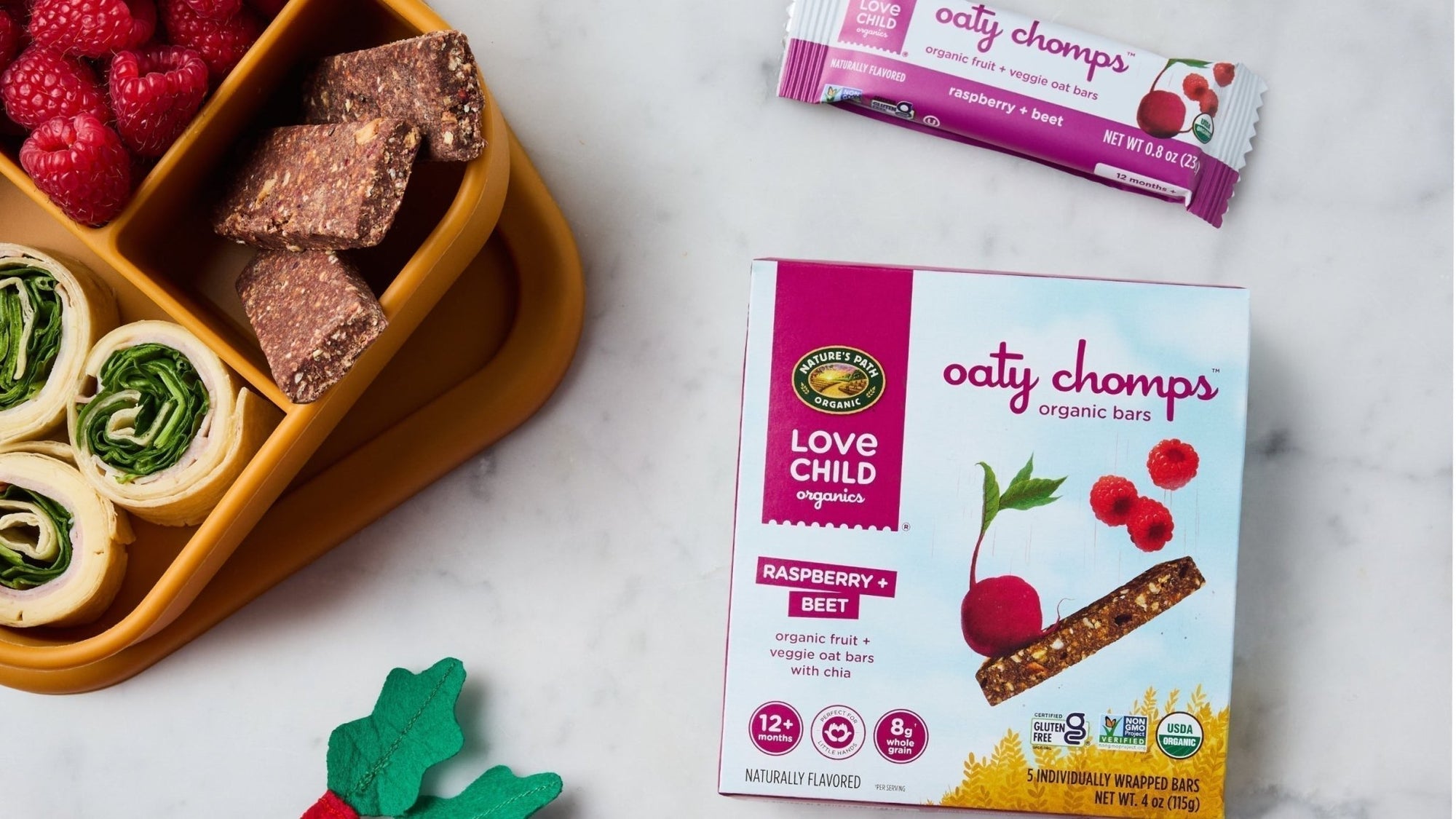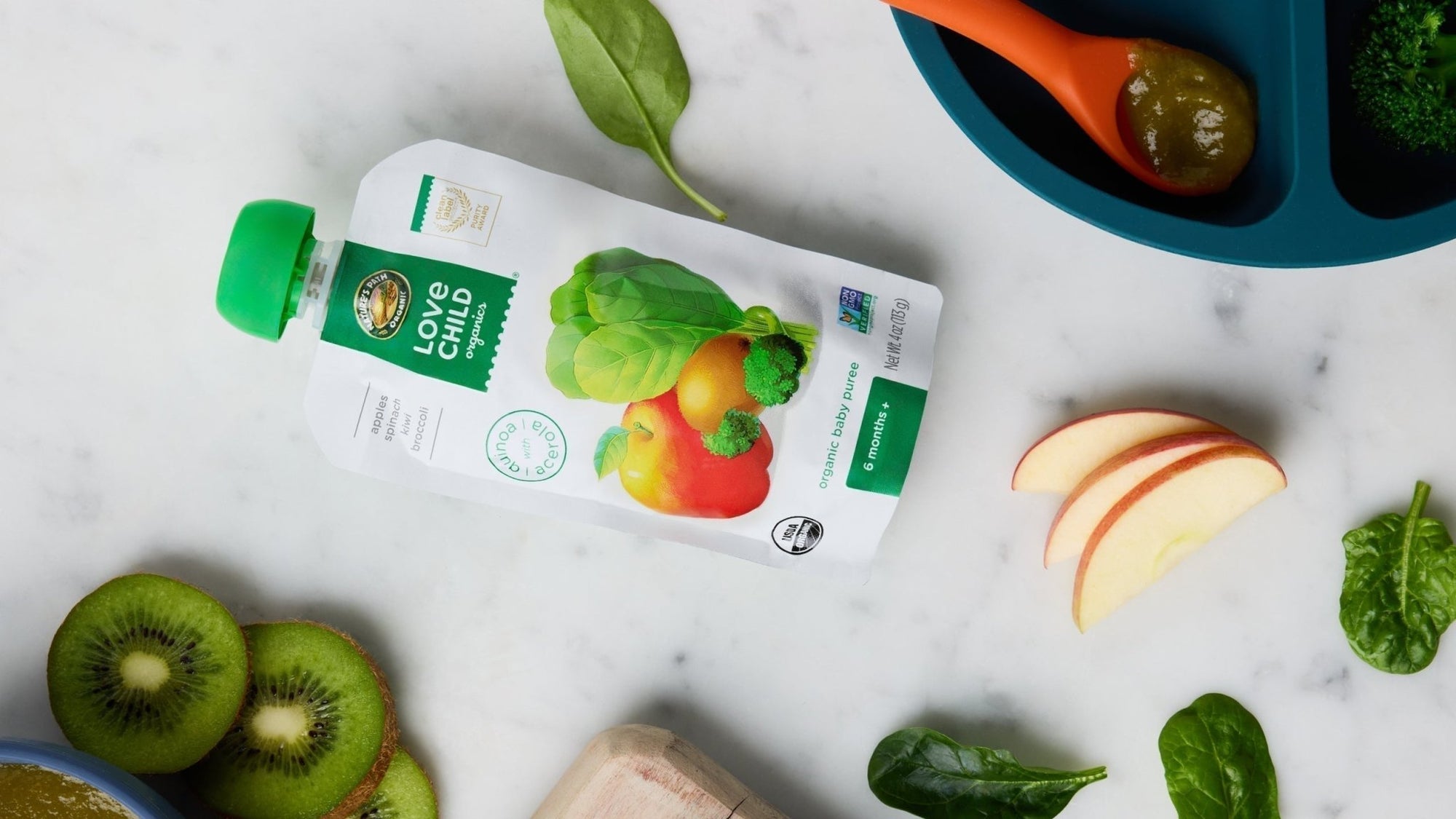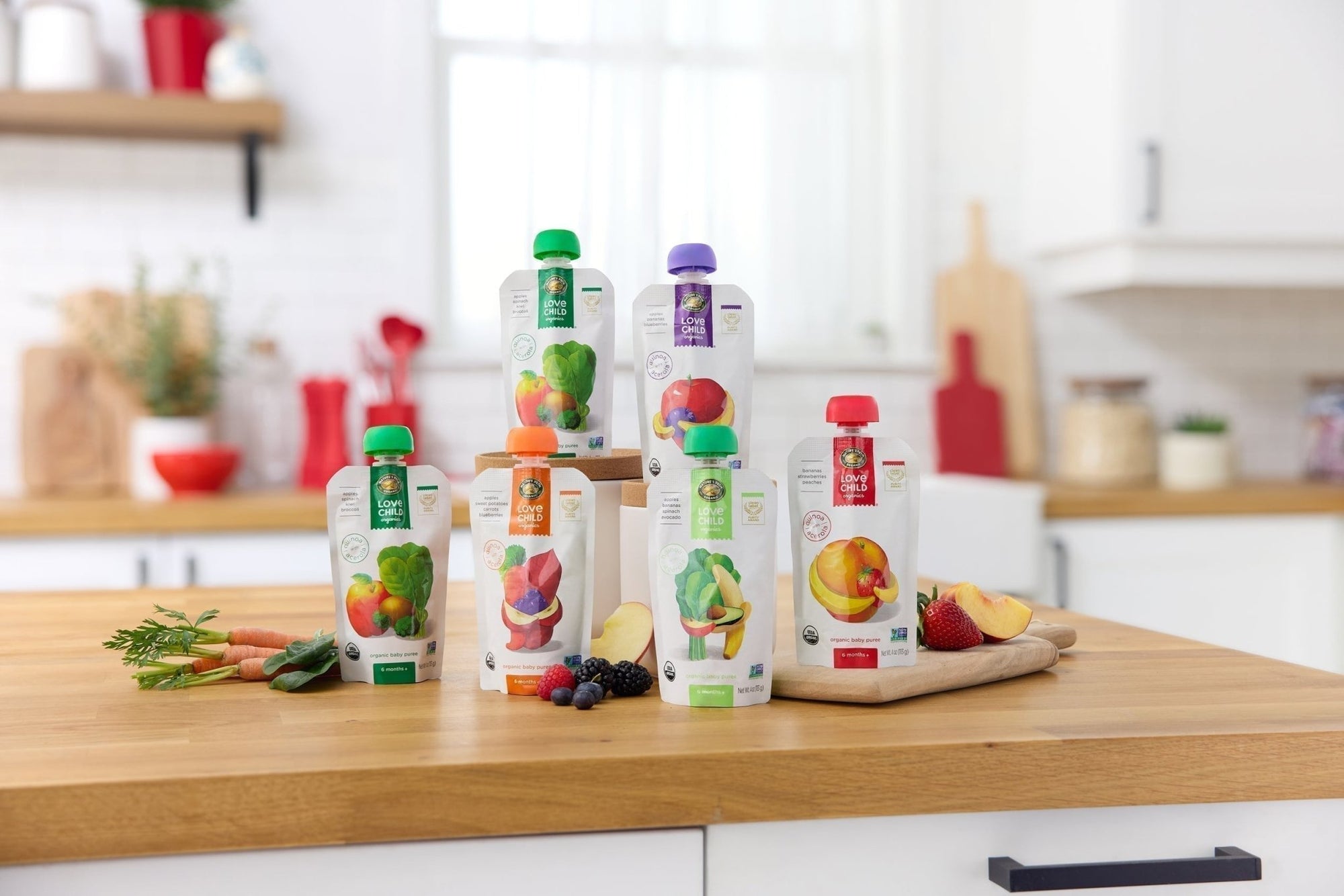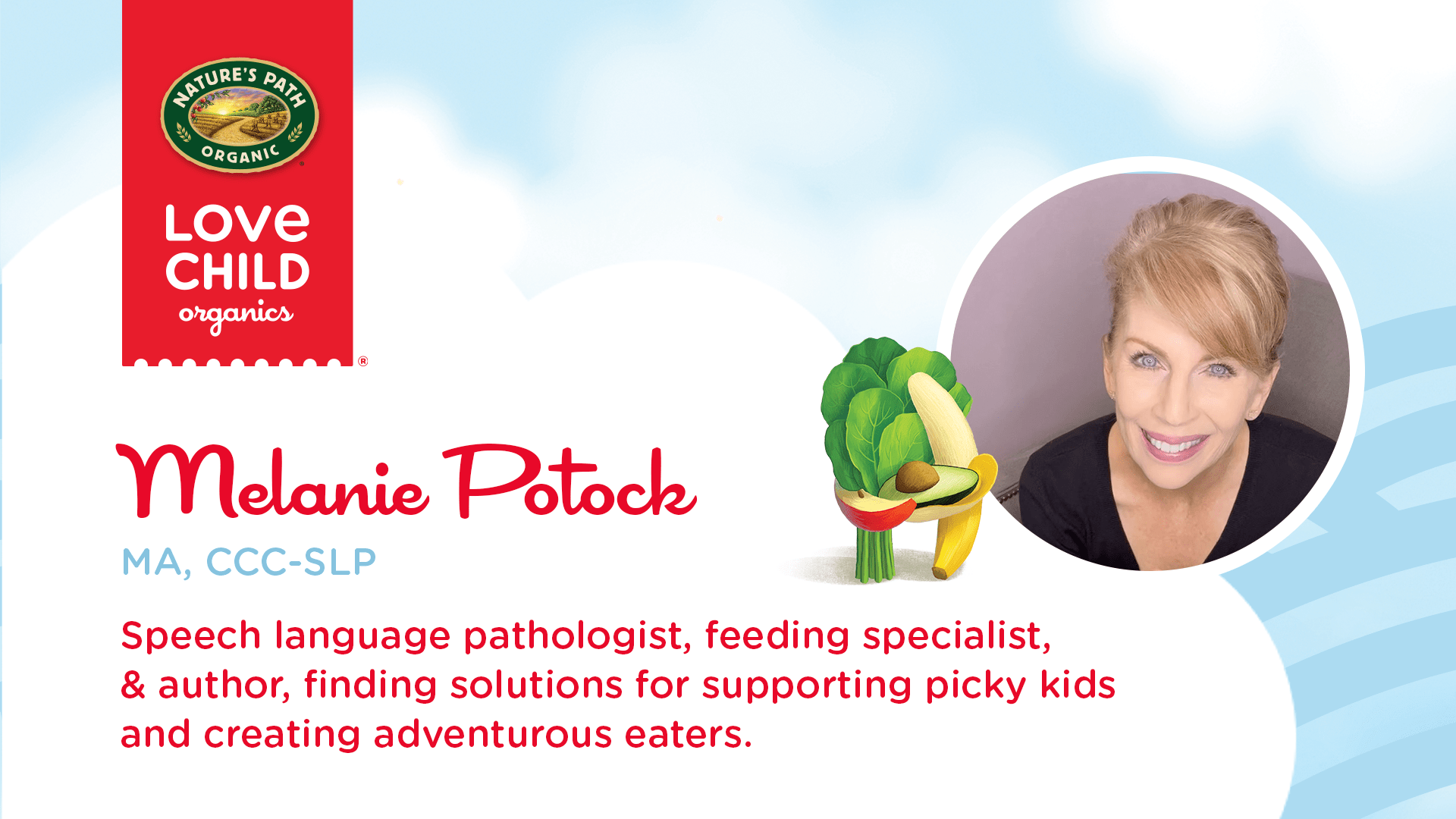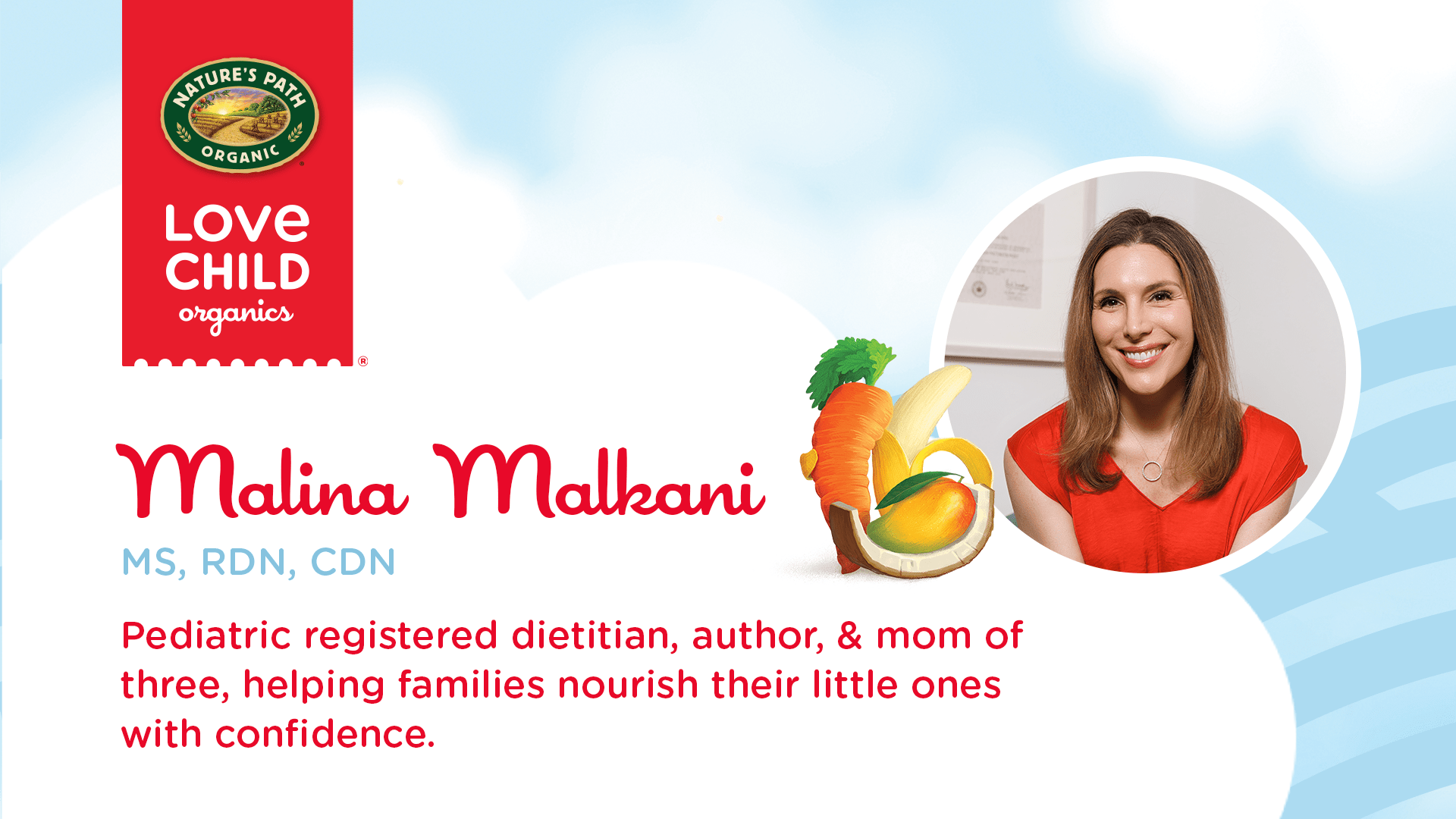
Fiber for Kids: Why It Matters and How to Help Little Eaters Get Enough (Malina Malkani, MS, RDN, CDN)
As a pediatric dietitian and mom of three, I’ve noticed that dietary fiber often flies under the radar. Parents tend to focus heavily on protein—which is essential for growth—but the truth is, most kids already get plenty of it.
Fiber, on the other hand, is one of the most under consumed yet important nutrients in childhood. In fact, over 95% of kids don’t meet their daily recommended fiber intake. This is unfortunate, as fiber is crucial for good digestion, immunity, and long-term health. However, it’s not always clear how much kids need or how to work it into their meals in a way that actually works for busy families.
In this post, I’ll break down what dietary fiber actually is, why it matters during early childhood, and how to make sure your family is getting enough (without turning every meal into a nutrition negotiation).
What Is Dietary Fiber?
Dietary fiber is the part of plant foods that our bodies can’t fully digest. While that might sound like a “bad thing,” it’s actually great for gut health, regular digestion, and even long-term disease prevention. Fiber comes in two forms: soluble and insoluble.
What Are the Different Types of Fiber?
Soluble fiber dissolves in water and forms a gel-like substance in the gut. It helps regulate blood sugar, lowers cholesterol, and feeds the good bacteria in our digestive systems.
Insoluble fiber doesn’t dissolve in water and adds bulk to the stool, which helps food move through the digestive system and supports regular bowel movements.
Both types of fiber are essential for optimal health, and many plant-based foods contain a mix of both.
Why Is Fiber Important During Early Childhood?
During early childhood (ages 1 to 5), a child’s digestive system is still developing. This is a key time to support the gut microbiome, promote regular bowel movements, and build habits that lay the foundation for a lifetime of good health.
Fiber helps by:
-
Preventing and easing constipation, which is common in toddlers.
-
Supporting immune function, since much of the immune system lives in the gut.
-
Feeding healthy gut bacteria, which play a role in digestion, mood, and even behavior.
-
Helping to regulate appetite by promoting feelings of fullness between meals and snacks.
Getting enough fiber from a young age also sets the stage for lifelong eating habits that protect against heart disease, type 2 diabetes, and certain types of cancer.
How Much Fiber Should Kids Be Getting?
For toddlers and young children, I usually recommend aiming for:
-
1-3 years: about 19 grams of fiber per day
-
4-8 years: about 25 grams of fiber per day
These numbers come from the Institute of Medicine and are a good guideline, although every child is different. The key is to offer a variety of fiber-rich foods consistently throughout the day, as best you can.
What Are the Benefits of Getting Enough Fiber?
When kids get enough fiber, you might notice:
-
Fewer tummy aches and less constipation
-
Better blood sugar regulation and energy levels
-
A stronger gut microbiome, which supports overall immunity
Plus, fiber-rich foods like fruits, veggies, whole grains, and legumes also tend to be rich in other nutrients that support growth and development, such as vitamins, minerals, and antioxidants.
How to Get Fiber from Foods at an Early Age
If you’re introducing solids or feeding a toddler, there are plenty of gentle, age-appropriate ways to add fiber to their diets:
-
Start with fruits and veggies that are soft, cooked, mashed, or pureed
-
Include beans, lentils, and peas in small amounts (pureed or mashed)
-
Try whole-grain options like oatmeal, whole-grain bread, or brown rice
Products like Love Child Organics’ Superblends are a great way to offer fruit and veggie-based fiber in an easy-to-eat form. Their pouches blend whole-food, plant-based ingredients like sweet potato, spinach, pear, quinoa, kale, and apple—all great sources of fiber and flavor for little ones.
5 Easy Ways to Add More Fiber to Your Family’s Diet
-
Serve fruits and veggies with the skin on whenever safe and age-appropriate. The skin is often where most of the fiber lives!
-
Choose whole grains over refined options. According to the 2020-2025 Dietary Guidelines for Americans, over 95% of toddlers don’t generally consume the recommended daily amounts of whole grains. Familiarizing kids early on with the texture and flavor of whole grains helps make these fiber-rich staples a lifelong habit. Swap white bread or pasta for whole-grain versions, and mix oats, puffed quinoa, and wheat bran into muffins, breads, cookies, and other recipes when possible.
-
Prioritize higher-fiber snacks: Love Child Organics Oaty Chomps are one of my favorite higher-fiber snack options for tots. Made with fiber-rich foods like oats, chia seeds, quinoa, fruits, and veggies (and no added sugar), they’re toddler-friendly and nutrient-dense.
-
Add beans and lentils to soups, stews, and salads, or offer higher-fiber spreads like hummus and bean dip. Even a tablespoon or two can add a good fiber boost to a meal.
-
Incorporate nuts and seeds into meals and snacks in a variety of age-appropriate ways, like grinding and adding them to yogurt parfaits or baked goods, or adding a spoonful of nut or seed butter into sandwiches or smoothies.
Remember, when increasing fiber, go slowly and pair it with plenty of fluids to help prevent constipation and tummy aches. And check out the range of products from Love Child Organics for nutrient-rich foods that make it easier to provide adequate fiber for growing bodies!
For more tips and real talk about feeding and nutrition for babies and kids, head over to my blog or drop me a DM on Instagram. We’ll figure it out together, one bite at a time.
AUTHOR BIO
Malina Malkani, MS, RDN, CDN, is a pediatric registered dietitian, best-selling author, national speaker, and single mom of three behind the popular Instagram and TikTok handle @healthy.mom.healthy.kids, which reaches a combined audience of over 150,000 followers. A trusted expert media in infant and childhood nutrition, her expertise has been featured in hundreds of media outlets including Good Morning, America, and parents appreciate the relatable, practical guidance found in her online courses, and her top-ranked blog, named one of the Best Pediatric Dietitian Blogs by FeedSpot. Malina is the author of Simple and Safe Baby-Led Weaning and Safe and Simple Food Allergy Prevention (BenBella Books, 2024), and the creator of Safe & Simple Baby-Led Feeding and Solve Picky Eating. A Forbes Health Advisory Board Member and advisor to the RWJF Reframing Child Health project, Malina holds two undergraduate degrees from Northwestern and a master’s in clinical nutrition from NYU. She mentors dietetic interns and runs a thriving nutrition consulting company and private practice.
